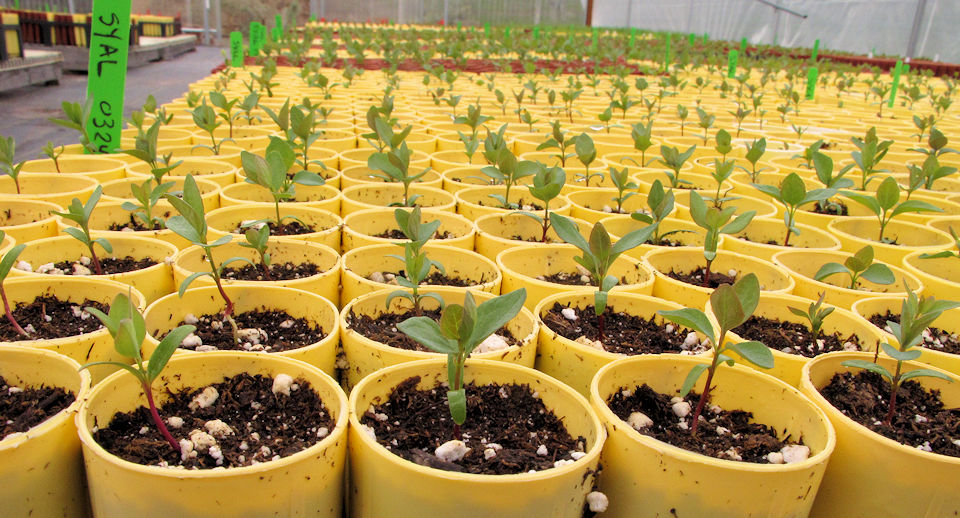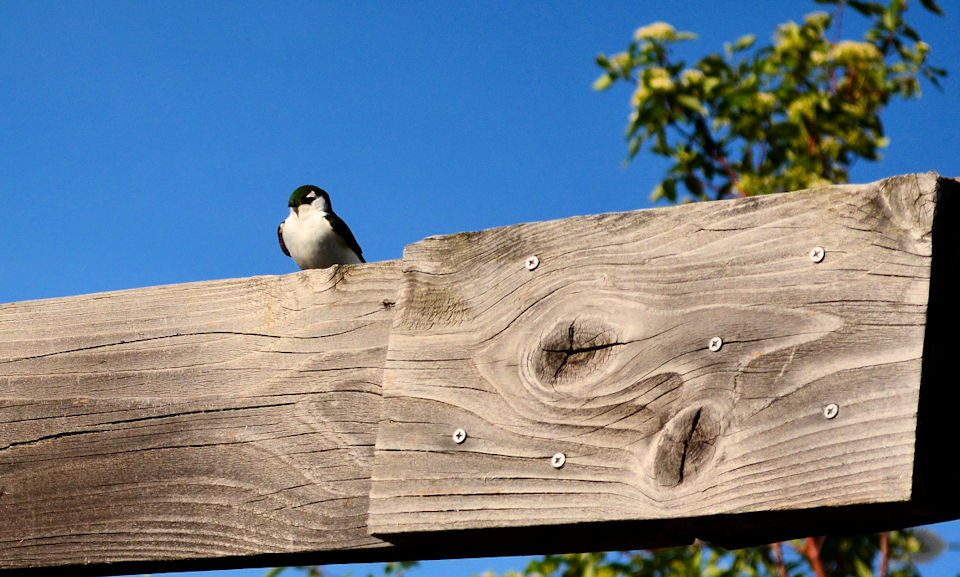Disjunct Plants, or “How did THAT get here?”
North Central Washington has a concentration of endemic plant species, those found growing nowhere else (see blog post of July 1st, 2014). This area also has quite a few disjunct species, small pockets of plants growing many hundreds of miles away from others of their kind. It’s a puzzle and surprise to learn that the rest of their kin are mostly growing in Oregon, California or Alaska.
Why these isolated little populations occur may differ with each species. A common explanation is vicariance, i.e. that populations were isolated when their particular habitat was disconnected or fragmented. This could be the result of climate change, glaciation or mountain ranges disappearing. The disjuncts might also stem from long range dispersal (by wind or animals, including humans) or even parallel evolution.
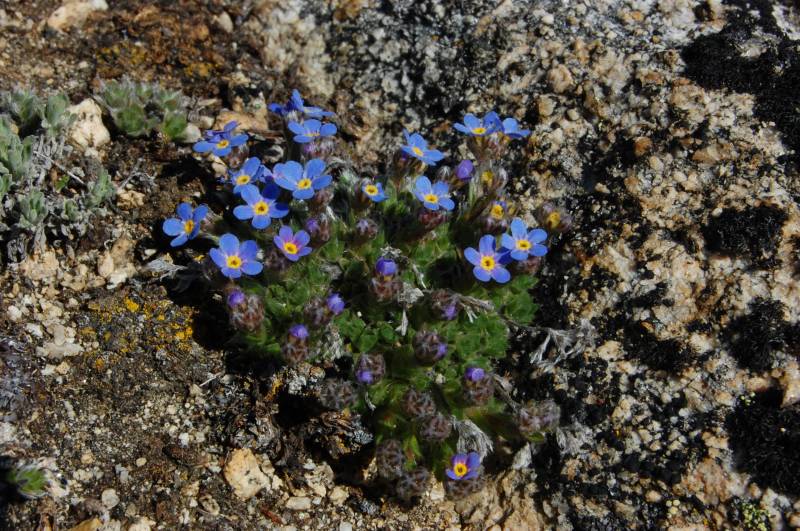 Pale alpine forget-me-not (Eritrichium nanum)
Pale alpine forget-me-not (Eritrichium nanum)
Regardless, there is quite a cluster of disjunct plant species in Chelan County, many clustered on the north shore of Lake Chelan. Sierra cliffbrake (Pellaea brachyptera), a fern, is otherwise found in southern Oregon and northern California, and greenleaf manzanita (Arctostaphylos patula), a mid-sized evergreen shrub, occurs primarily from eastern Oregon into the Southwest. Pale alpine forget-me-not (Eritrichium nanum) is a lovely low plant more commonly found in the Rockies or Alaska but pops up in the Sawtooths above Lake Chelan. At least two other species show up by Lake Chelan, without any others of their kind within many miles.
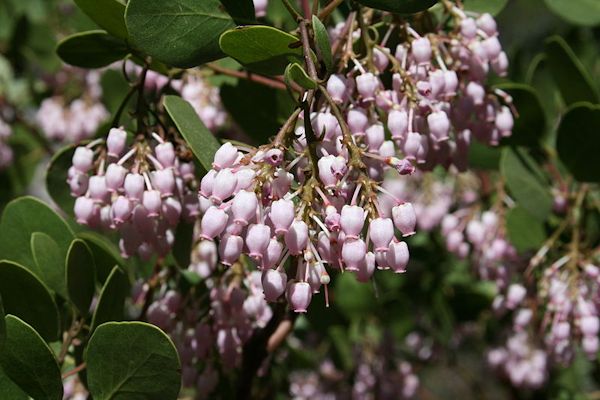 greenleaf manzanita (Arctostaphylos patula)
greenleaf manzanita (Arctostaphylos patula)
An outlier that I’ve been propagating is prostrate ceanothus or mahala mat (Ceanothus prostratus). It is primarily a plant of dry forests in central Oregon and northern California, with a limited occurrence in Klickitat County in this state. However, it is also found along Lake Chelan and in at least four spots in the Entiat Valley. Some speculate that it was introduced by people; its scattered distribution indicates that this may have happened quite some time ago or is someone’s idea of a botanical mystery joke!
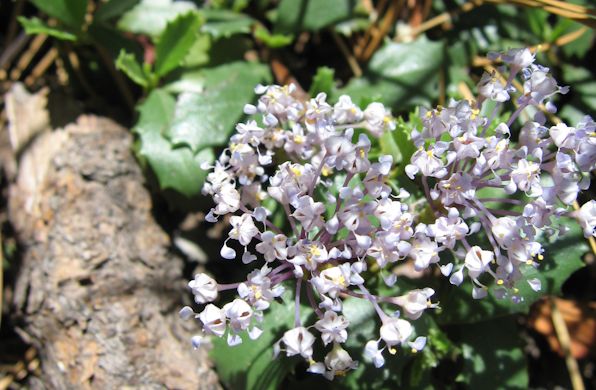 prostrate ceanothus (Ceanothus prostratus) with blue flowers
prostrate ceanothus (Ceanothus prostratus) with blue flowers
Prostrate ceanothus is a wonderful plant, a woody evergreen with small, dark green, holly-like leaves, growing no more than 3-4” tall but spreading to form mats 6-8’ or more across. Clusters of blue flowers in the spring add to its charm. It is very drought tolerant, and somewhat rot susceptible. I’ve been growing it from seeds and cuttings with some success.





